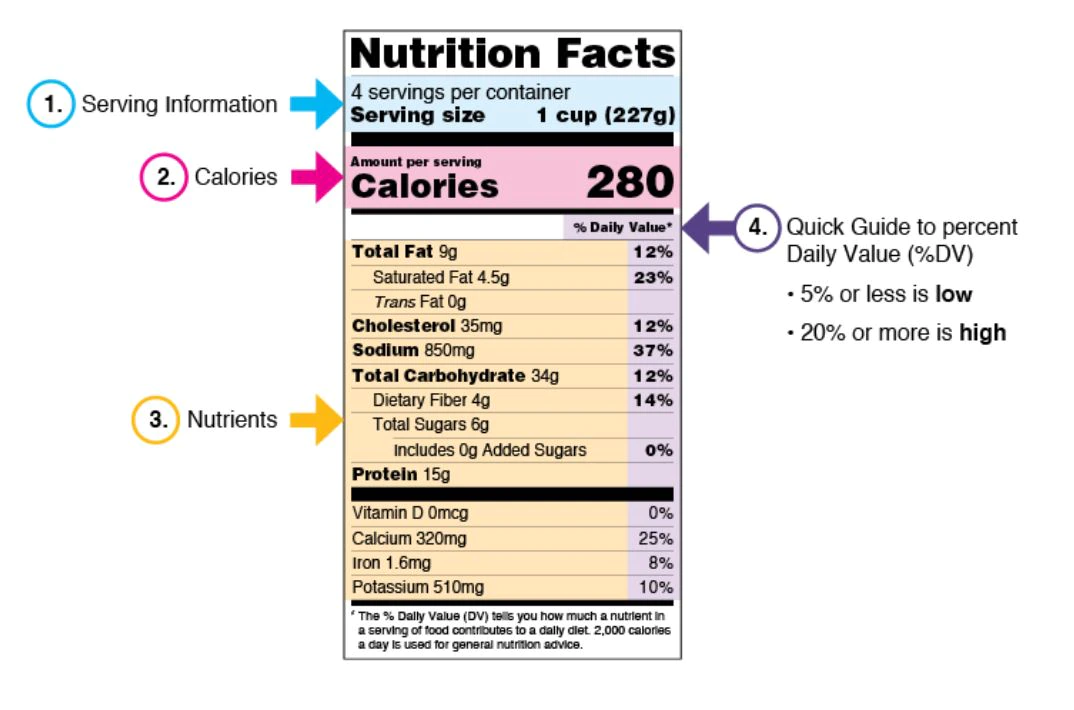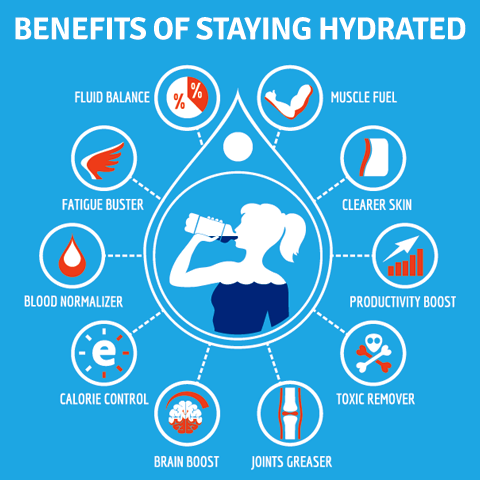How to Read Nutrition Labels Like a Pro
When it comes to making healthy choices, understanding nutrition labels is key. Whether you’re trying to lose weight, manage a chronic condition, or simply improve your overall health, knowing how to interpret these labels can make a big difference in achieving your goals. In this guide, we’ll break down the components of a nutrition label and provide tips on how to read them like a pro.
Understanding Serving Sizes
One of the first things to look at on a nutrition label is the serving size. This information is crucial because all of the other values listed on the label are based on this specific portion size. Be mindful of how many servings you are actually consuming, as eating more than one serving can quickly add up in calories and nutrients.
Calories and Macronutrients
The next important section to focus on is the calories and macronutrients. These values tell you how much energy and nutrients you’re taking in from the food. Pay attention to the amounts of fat, carbohydrates, and protein in each serving, as well as any added sugars or fibers. Aim for a balanced diet that includes healthy fats, complex carbohydrates, and lean protein.
Fats:
Total Fat
Saturated Fat
Trans Fat
Carbohydrates:
Total Carbohydrates
Dietary Fiber
Sugars
Protein:
Protein
Vitamins and Minerals
Nutrition labels also list the amounts of essential vitamins and minerals in each serving. These nutrients are important for various bodily functions and overall health. Look for foods that are rich in vitamins and minerals, such as calcium, iron, and Vitamin C. Pay attention to any deficiencies you may have and choose foods that can help supplement those nutrients.
Ingredients List
Another key component of a nutrition label is the ingredients list. This section provides valuable information about what is actually in the food product. Be wary of highly processed products with long lists of artificial ingredients and additives. Choose foods with simple, whole ingredients that you can pronounce and recognize.
Health Claims and Marketing Jargon
Lastly, be cautious of health claims and marketing jargon on food packaging. Just because a product is labeled as “low-fat” or “high-fiber” doesn’t necessarily mean it’s a healthy choice. Always refer back to the nutrition label to confirm the actual values and ingredients in the product. Look for products that are nutrient-dense and minimally processed.
Conclusion
Reading nutrition labels like a pro takes practice and attention to detail. By understanding serving sizes, calories, macronutrients, vitamins and minerals, ingredients lists, and avoiding misleading health claims, you can make informed choices that support your health and wellness goals. Remember, knowledge is power when it comes to making healthy food choices, so take the time to educate yourself and empower your nutritional journey.
Now that you know how to read nutrition labels like a pro, go forth and make informed choices that will nourish your body and mind.


